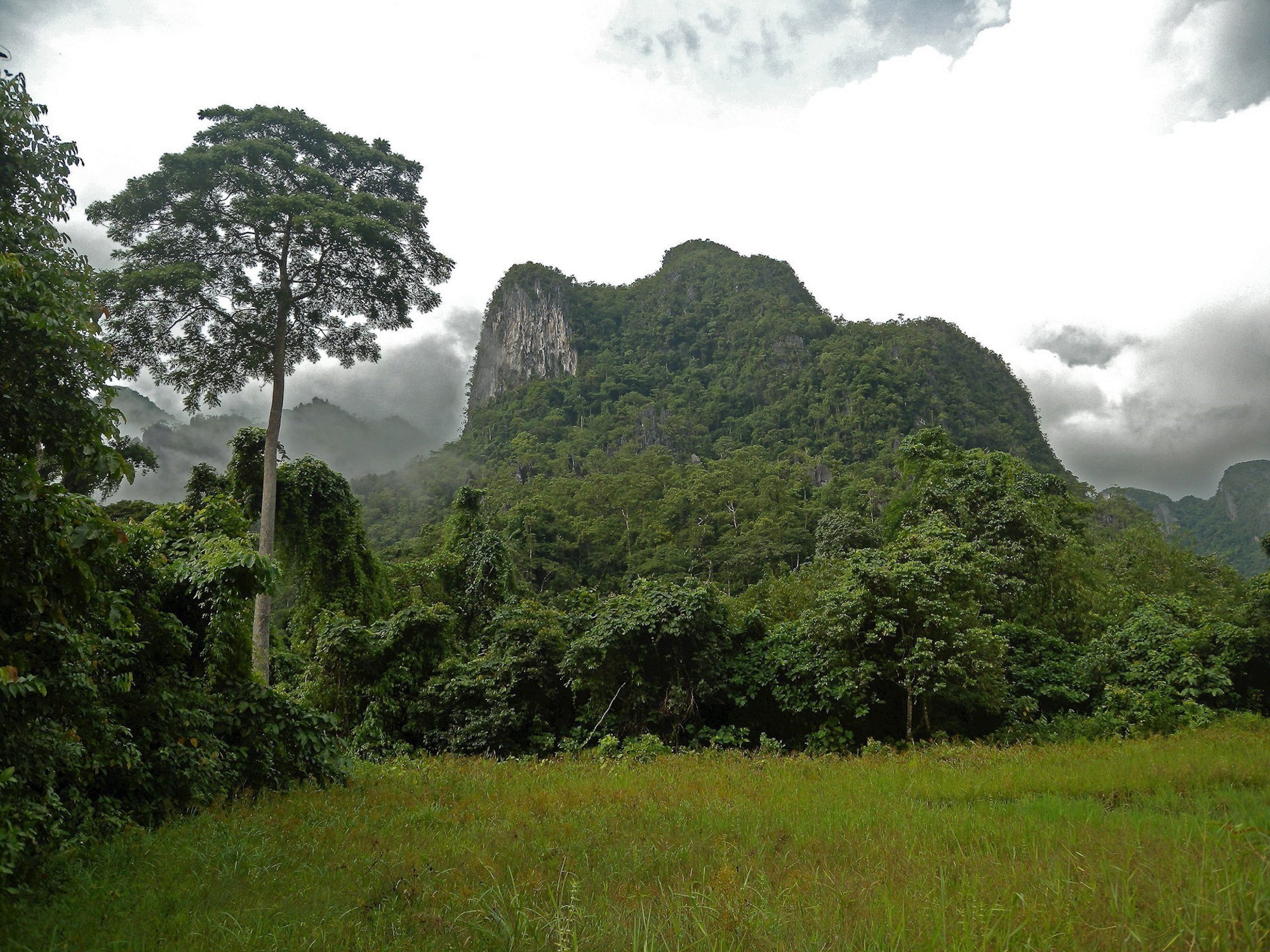Mapping the world's plant communities
"What is a biome?” is a surprisingly difficult question to answer. Many traditional biomes were defined by their looks – “a rainforest looks like a rainforest” – or their constituent plants – “savannas have grasses”. However, we do not know whether these traditional biomes describe the distributions of all species or just those used to define them. By utilising data from centuries of plant collecting and novel species distribution modelling techniques, we are helping redefine the boundaries of some of the world’s most threatened biomes using data from all their species.
NordEste: Using herbarium data and Species Distribution Modelling, we are developing new methodologies to classify and map biomes across the Brazilian Northeast. We are combining these maps with climate change predictions and land use data to better understand threats to each biome. Led by Peter Moonlight and Tiina Sarkinen.
iBiome: In collaboration with leading taxonomic experts across South America, we are working to produce a species-level biome map of tropical South America. Led by Peter Moonlight and Tiina Sarkinen.
Marañón project: In collaboration with leading taxonomic experts from Peru and across South America, we are working to produce a checklist of the incredible Marañón valley. Led by Zoë Goodwin and Tiina Sarkinen.

